The 1970s gave us some of the most unforgettable characters in fiction—figures who jumped off screens and pages to become part of our collective consciousness. They weren’t just entertaining; they changed how we viewed ourselves, challenging societal norms and expanding possibilities during a decade of transformation. These characters became our friends, our role models, and sometimes the voice in our heads asking, “What would Hawkeye Pierce do?”
1. Archie Bunker (All in the Family)
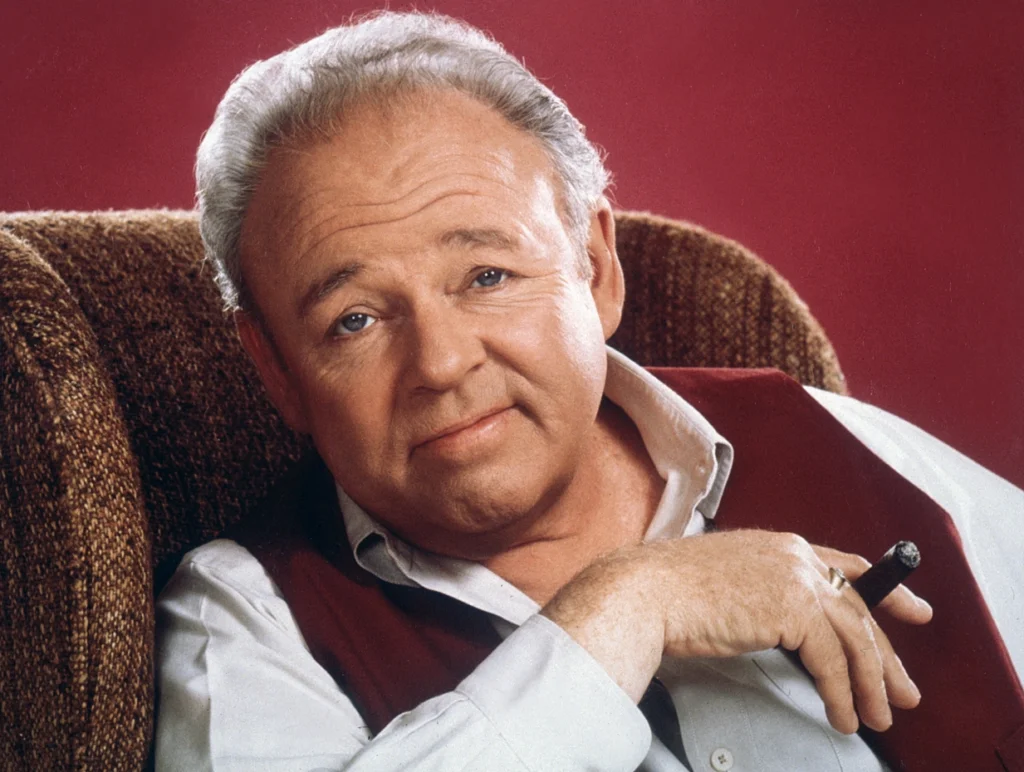
Carroll O’Connor’s portrayal of the stubborn, opinionated working-class conservative from Queens became television’s most controversial and discussed character. Archie’s prejudices were deliberately exaggerated to expose the absurdity of bigotry, forcing millions of Americans to confront uncomfortable truths about their own attitudes during tumultuous social changes. His catchphrases like “stifle yourself” and “meathead” entered the national lexicon, while his arguments with son-in-law Mike offered a microcosm of the generation gap dividing America. Indeed, The Atlantic credits the show with representing a combined effort of changing both America and TV forever.
What made Archie truly revolutionary was his gradual, reluctant evolution throughout the series, showing that even the most set-in-their-ways individuals could grow. His character demonstrated that beneath strong opinions often lay fear of a changing world, vulnerability about one’s place in society, and a deep love for family that transcended political differences. For many viewers, watching Archie’s journey was permission to question their own ingrained beliefs while acknowledging the complex emotions behind resistance to change.
2. Mary Richards (The Mary Tyler Moore Show)
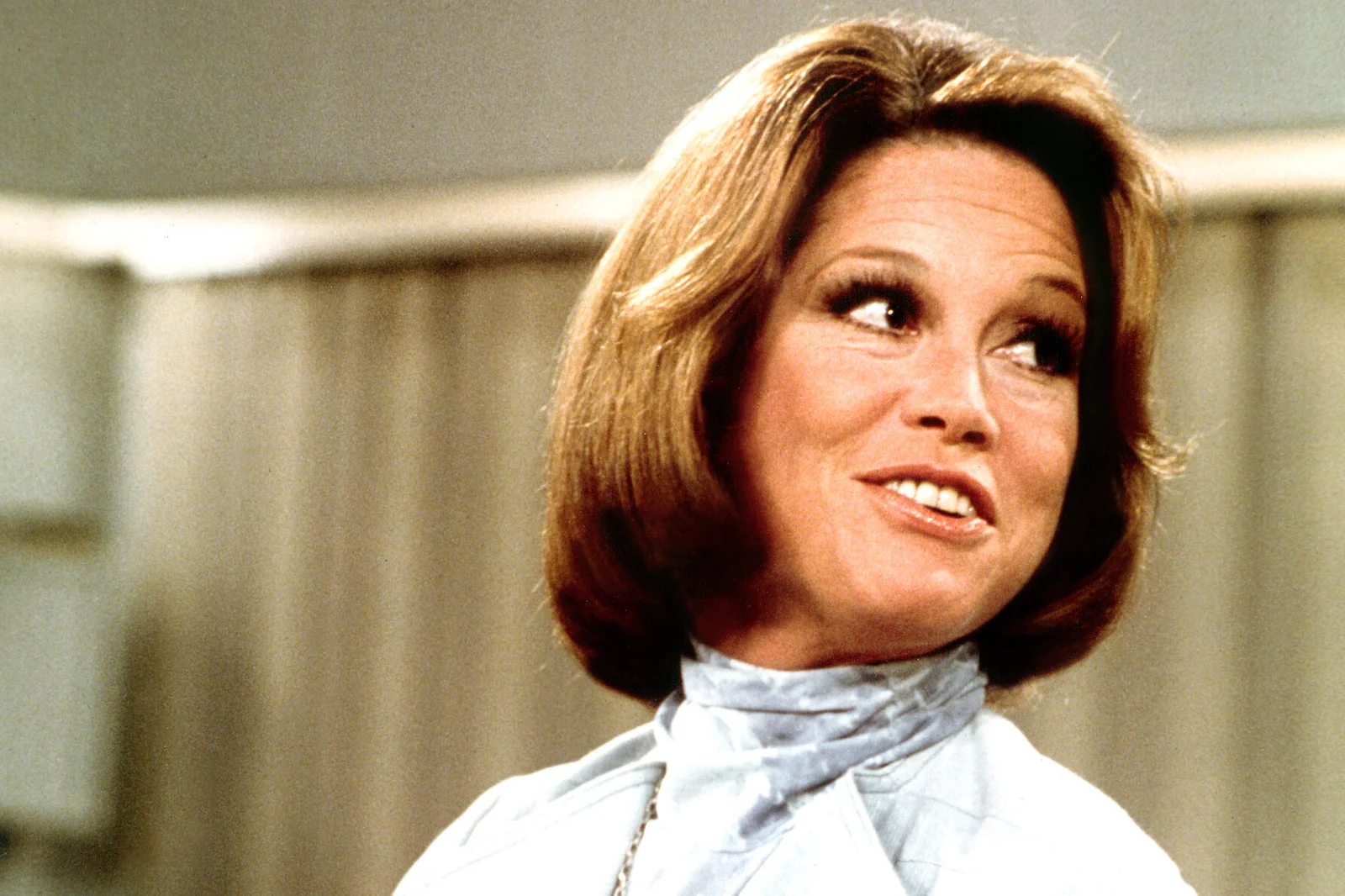
As a single, career-focused woman in her thirties, Mary Richards revolutionized female representation on television by prioritizing professional fulfillment over marriage and family. Her character navigated workplace sexism with determination and grace, demonstrating that women could be both professionally competent and emotionally vulnerable without compromise. The iconic moment when Mary tossed her hat into the air during the opening credits became a symbol of liberation for women stepping into new possibilities. To this day, Teen Vogue celebrates Mary Richards for leaving behind a powerful feminist legacy.
Mary’s relationships with her colleagues at WJM-TV showed viewers that chosen family could be as meaningful as biological connections. Her friendship with neighbor Rhoda Morgenstern offered a refreshingly authentic portrayal of female friendship, while her complicated relationship with boss Lou Grant explored the nuances of workplace dynamics during a time when women were increasingly entering professional spaces. Through Mary, millions of women saw a reflection of their own aspirations and challenges, finding validation for choices that previous generations might have questioned.
3. Hawkeye Pierce (M*A*S*H)

Alan Alda’s portrayal of the irreverent, martini-drinking army surgeon brought antiwar sentiment into American living rooms under the guise of comedy. Hawkeye used humor as both weapon and shield, deploying wisecracks to maintain sanity amid the horrors of war while challenging military authority and convention. His character embodied the questioning of institutions that defined the post-Vietnam era, showing how individuals could maintain their humanity within dehumanizing systems. For even more inspiration, MovieWeb dives into the very real person that Hawkeye was based on.
As the series progressed, viewers witnessed Hawkeye’s vulnerability beneath his joking exterior, revealing the psychological toll of witnessing endless suffering. His emotional breakdowns, moments of moral clarity, and evolving relationships with fellow doctors demonstrated that true strength includes acknowledging pain rather than suppressing it. For many men coming of age in the ’70s, Hawkeye offered an alternative masculine ideal that valued compassion, emotional intelligence, and principled resistance over stoicism or blind obedience.
4. Fonzie (Happy Days)
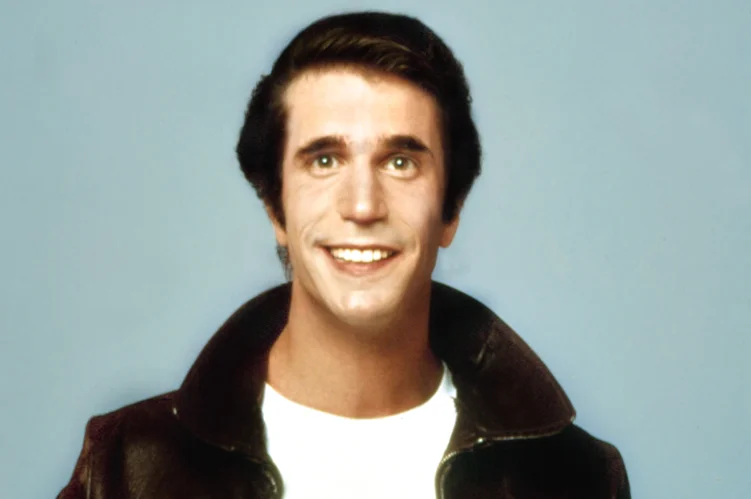
Arthur Fonzarelli began as a supporting character but quickly became the cultural phenomenon that had everyone saying “Ayyy” and attempting to start jukeboxes with a punch. The Fonz’s leather jacket, motorcycle, and effortless cool represented a nostalgic reimagining of 1950s rebellion that resonated with 1970s audiences seeking authentic identity amid social conformity. His character became so popular that “jumping the shark” entered the lexicon after the infamous episode where Fonzie literally jumped over a shark while water skiing.
What made the Fonz truly special was the vulnerability beneath his tough exterior, particularly in his relationship with the Cunningham family who provided the belonging he craved. His learning disability storyline showed millions of viewers that personal challenges didn’t diminish someone’s worth or capabilities. Through Fonzie, many who felt like outsiders found affirmation that being different could be a source of strength rather than shame, and that family could be found rather than just born into.
5. Princess Leia (Star Wars)
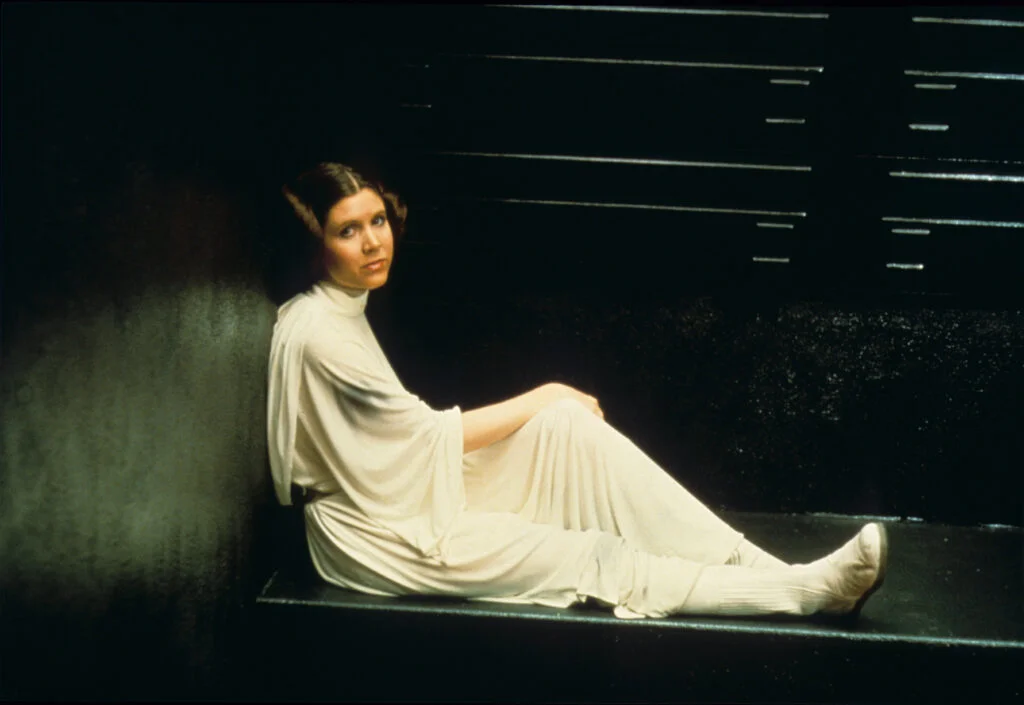
Carrie Fisher’s portrayal of the fearless princess shattered damsel-in-distress stereotypes and created a new template for female characters in science fiction. Leia was as skilled with a blaster as with diplomacy, commanding respect through her intelligence, tactical thinking, and unwavering commitment to fighting oppression. Her famous line—”Aren’t you a little short for a stormtrooper?”—perfectly captured her ability to remain sharp-witted even when facing dire circumstances.
While her iconic hair buns and white dress became instantly recognizable, it was Leia’s complexity that made her truly revolutionary for the era. She embodied both royal dignity and scrappy determination, vulnerability and uncompromising strength, making her relatable to viewers across gender lines. For countless young girls in the late ’70s, Princess Leia offered a powerful vision of feminine leadership that didn’t require choosing between compassion and authority, inspiring a generation to reach for the stars.
6. Rocky Balboa (Rocky)
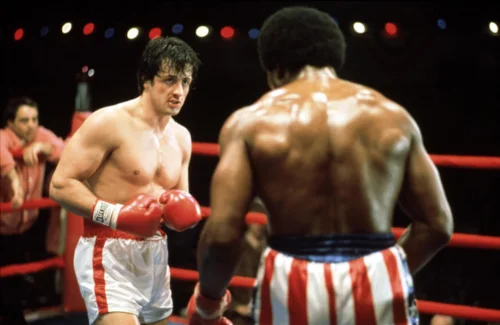
Sylvester Stallone’s underdog boxer from the streets of Philadelphia captured America’s heart as the embodiment of working-class perseverance against overwhelming odds. Rocky’s famous training montages—especially his triumphant run up the Philadelphia Museum of Art steps—became cultural shorthand for the transformative power of determination and hard work. His relationship with shy pet store clerk Adrian showed a tenderness rarely depicted in male characters of the era, establishing that vulnerability could coexist with physical strength.
What resonated most deeply was Rocky’s redefinition of victory beyond simply winning or losing. His moral triumph in going the distance against champion Apollo Creed spoke to a nation recovering from Vietnam and Watergate, suggesting that dignity came from the fight itself rather than the outcome. For many struggling through economic recession and diminished national confidence, Rocky represented the resilience of the American spirit and the belief that ordinary people could achieve extraordinary things through sheer force of will.
7. Laverne DeFazio and Shirley Feeney (Laverne & Shirley)

These working-class roommates from Milwaukee’s brewery district showed America that women’s friendship could be the centerpiece of successful entertainment. Their “schlemiel, schlimazel” opening chant became a playground staple, while their determination to find joy despite limited means resonated during a decade of economic challenges. Their blue-collar jobs presented a more realistic portrayal of women’s work lives than the glamorous careers often depicted in earlier television.
What made Laverne and Shirley truly revolutionary was their prioritization of independence, friendship, and personal dreams over conventional expectations about marriage and family. Their misadventures showed that female characters could be just as physically funny, ambitious, and complex as their male counterparts. For many women viewers, the show validated their own close friendships as essential life relationships rather than just placeholders until marriage came along.
8. Ellen Ripley (Alien)

Sigourney Weaver’s warrant officer aboard the Nostromo redefined what a female protagonist could be in science fiction and horror. Originally written as a male character, Ripley maintained her authority without traditionally masculine characteristics, showing intelligence and resourcefulness in the face of unimaginable terror. Her famous confrontation with the xenomorph, and that intense line, became one of cinema’s most cathartic moments of female strength.
What made Ripley truly groundbreaking was that her gender wasn’t central to her character or capabilities, yet neither was it erased or ignored. She faced the same dangers as her male crewmates without special treatment or romantic subplots, yet brought unique perspective and problem-solving approaches to survival. For audiences accustomed to women as victims in horror films, Ripley’s transformation into the ultimate survivor challenged assumptions about gender and heroism that would influence entertainment for decades to come.
9. Fred Sanford (Sanford and Son)

Redd Foxx brought the cantankerous junk dealer from Watts into America’s living rooms, marking one of television’s first successful shows centered around Black characters. Fred’s scheming, feigned heart attacks (“I’m coming, Elizabeth!”), and entrepreneurial spirit made him instantly memorable, while his complicated relationship with son Lamont explored intergenerational tensions with nuance and humor. His character offered mainstream white audiences insight into Black American experiences while never compromising authenticity for palatability.
What made Fred truly significant was his dignity and agency during a period when Black characters were often relegated to supporting roles or stereotypes. His business ownership, however modest, represented economic independence and resourcefulness in the face of systemic challenges. For many Black viewers, Fred Sanford offered representation that acknowledged the realities of their lives while celebrating the creativity, humor, and familial bonds that sustained communities through difficult times.
10. John-Boy Walton (The Waltons)
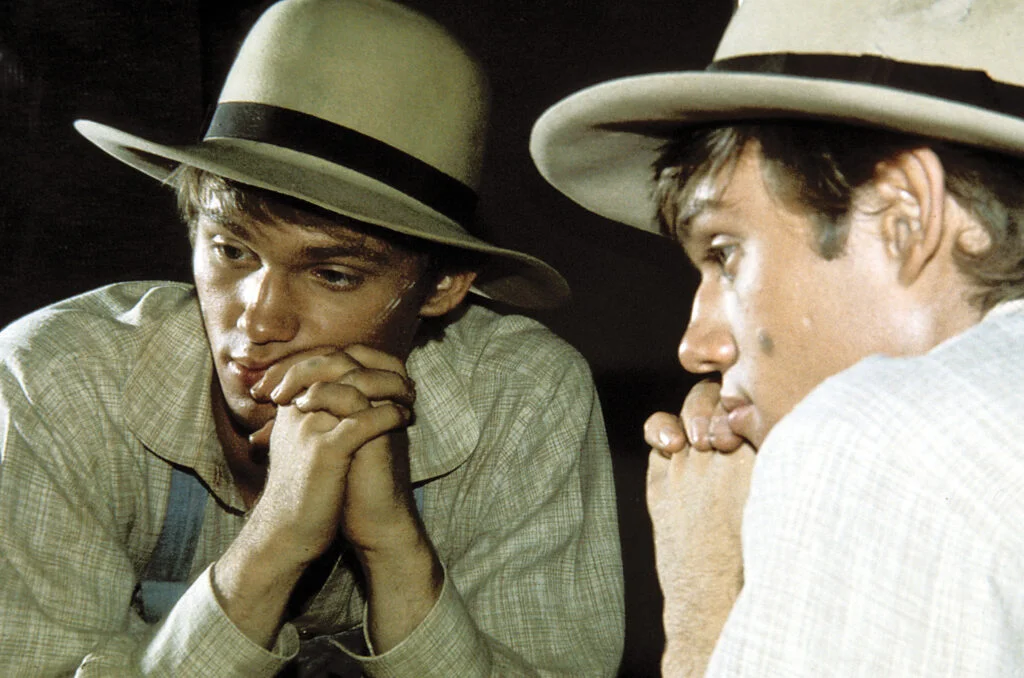
Richard Thomas’s portrayal of the aspiring writer from rural Virginia offered viewers a sensitive masculine ideal during a decade questioning traditional gender roles. John-Boy’s intellectual pursuits, emotional expressiveness, and moral clarity presented an alternative to the stoic male characters that had dominated earlier television. His nightly ritual of saying goodnight to family members became a cultural touchstone, representing the security of close family bonds during uncertain times.
What made John-Boy particularly meaningful was his bridge between rural traditions and modern aspirations, honoring his mountain upbringing while pursuing education and artistic expression. His character validated the experiences of viewers from similar backgrounds while inviting others to appreciate the wisdom found in seemingly simple rural life. For many young people watching in the economically challenging 1970s, John-Boy’s journey from Walton’s Mountain to the wider world offered hope that humble beginnings could lead to meaningful futures without abandoning one’s roots.
11. Wonder Woman (Wonder Woman TV series)
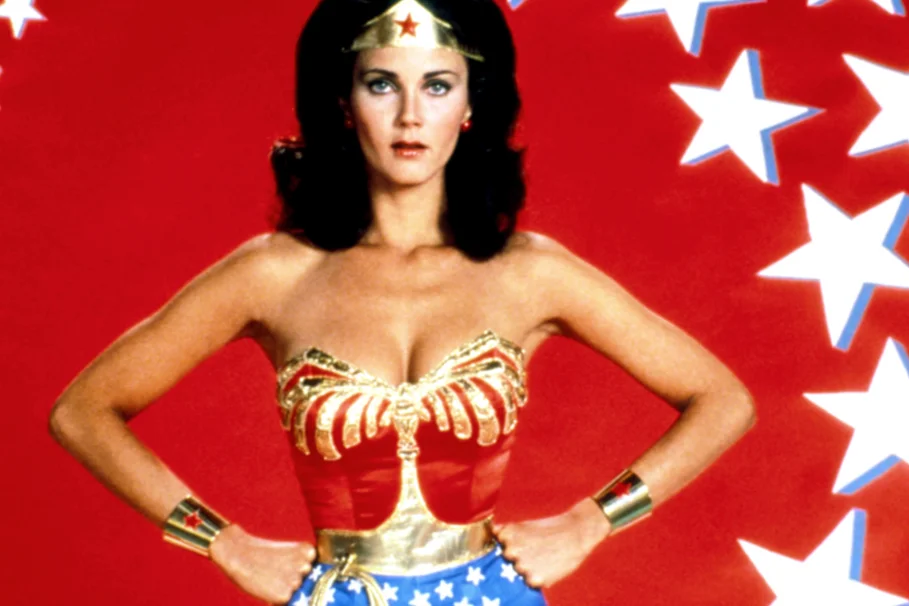
Lynda Carter’s portrayal of Diana Prince brought the Amazonian princess to life, spinning into living rooms at a pivotal moment in the women’s movement. Her iconic costume and golden lasso became instantly recognizable symbols, while her combination of supernatural strength and diplomatic approach to conflict offered a distinctly feminine model of heroism. Her ability to see the best in humanity while fighting its worst impulses inspired viewers to believe in their own potential for positive change.
What made this iteration of Wonder Woman particularly influential was her arrival during intense national debates about women’s changing roles in society. Unlike many female characters defined by relationships to men, Diana’s primary mission was justice itself, operating with complete autonomy and confidence. For countless young girls watching, Wonder Woman represented permission to be simultaneously powerful and compassionate, to embrace both strength and femininity rather than choosing between them.
12. George Jefferson (The Jeffersons)
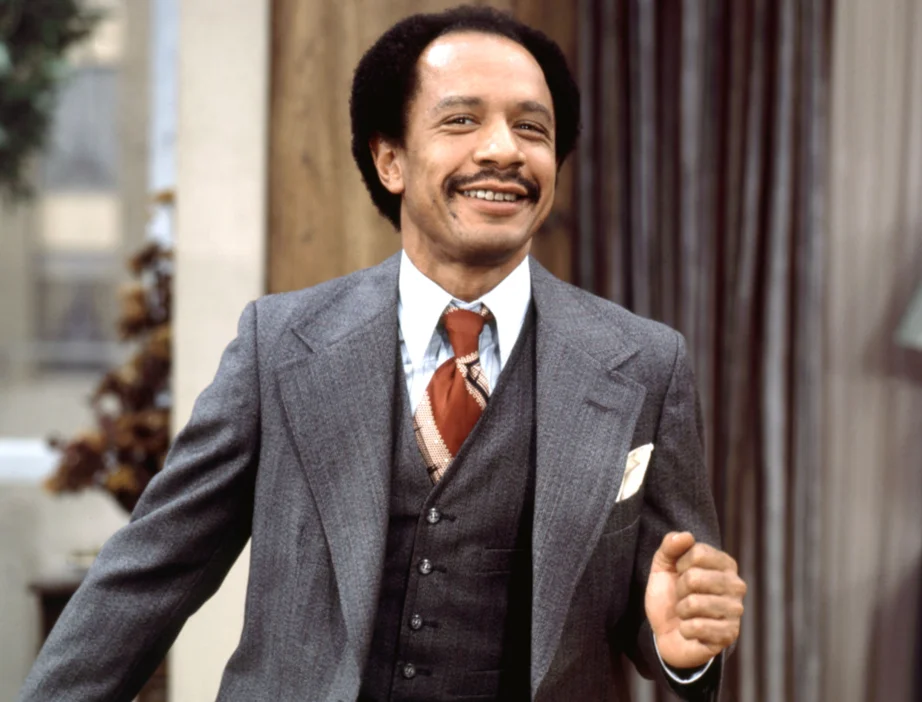
Sherman Hemsley’s portrayal of the successful dry-cleaning entrepreneur who “moved on up” to Manhattan’s East Side showed America a prosperous Black businessman when such representations were rare on television. George’s confidence, ambition, and unapologetic pride in his accomplishments challenged the limited roles previously available to Black characters in mainstream entertainment. His iconic strut became one of television’s most recognizable physical characterizations, embodying the self-assured dignity of a man who knew his worth.
What made George truly revolutionary was his complex characterization that included both admirable qualities and flaws, avoiding both demeaning stereotypes and unrealistic perfectionism. His prejudices and stubbornness were portrayed as human failings rather than racial characteristics, while his business acumen and devotion to family demonstrated his fundamental decency. For many Black Americans watching, George Jefferson represented the aspirational possibilities of the American dream, while for white viewers, he challenged assumptions about race and class during a period of significant social change.
13. Kojak (Kojak)
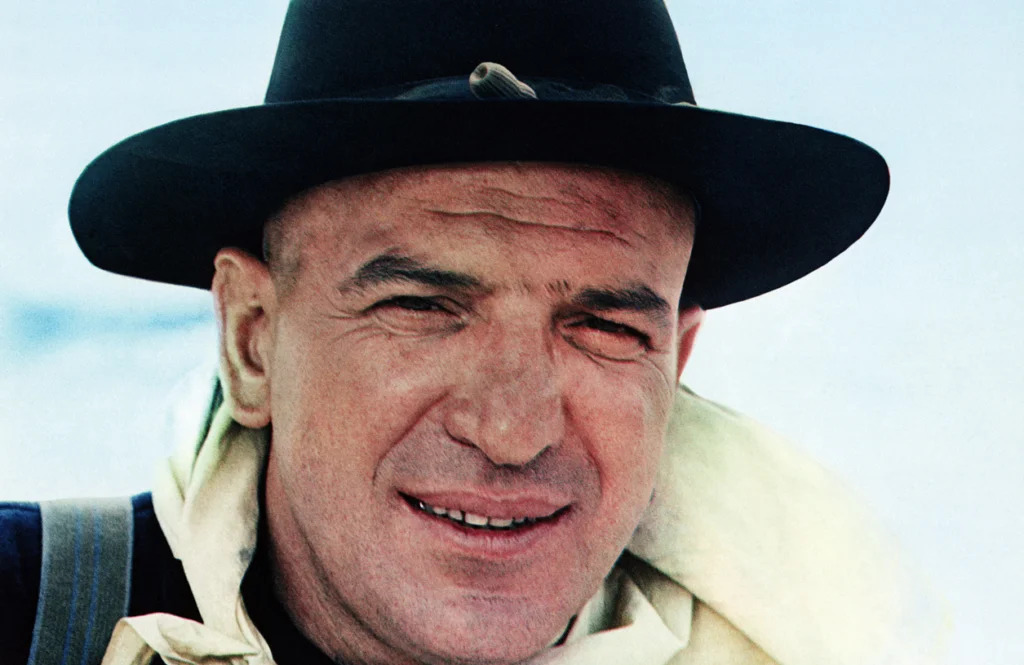
Telly Savalas’s lollipop-sucking, catchphrase-delivering (“Who loves ya, baby?”) NYPD detective brought a new kind of law enforcement character to television. His distinctive bald head and tailored suits created an instantly recognizable silhouette, while his unorthodox methods pushed boundaries without crossing into vigilantism. Kojak’s Greek heritage represented the ethnic diversity of New York City at a time when television was becoming more representative of America’s actual demographics.
What made Kojak particularly significant was his moral complexity during an era when trust in institutions was eroding following Watergate and other scandals. He worked within the system while acknowledging its flaws, maintaining personal integrity without naïveté about corruption or politics. For viewers navigating a decade of disillusionment with authority figures, Kojak offered a template for principled pragmatism—engaging with imperfect systems while maintaining personal ethical standards.
These thirteen characters didn’t just entertain us; they helped us make sense of who we were becoming during a decade of profound social change. They gave us permission to question authority like Hawkeye, pursue careers like Mary Richards, or embrace our unique qualities like Fonzie. In living rooms across America, these fictional friends sparked real conversations about war, race, gender roles, and what kind of society we wanted to create. As we look back on the bell-bottomed, disco-dancing decade that shaped so many of us, we’re really remembering the characters who accompanied us through it—the ones who made us laugh, cry, and believe that tomorrow could be better than today.


